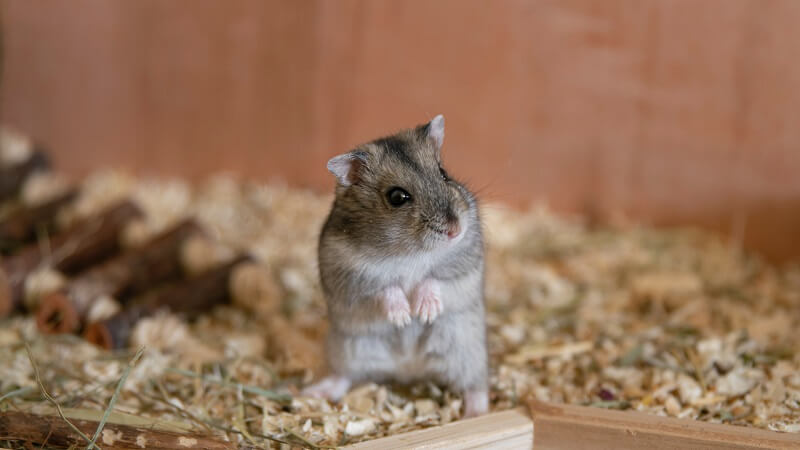
Can You Travel with a Hamster? A Comprehensive Guide
Traveling with a pet hamster isn’t as straightforward as it might seem. It requires careful consideration of your pet’s safety, comfort, and the logistics involved.

When considering the construction of a wooden hamster cage, selecting the right wood type is a pivotal step.
This choice not only impacts the cage’s durability and appearance but also ensures your furry friend’s safety and comfort.
In this article, we explore the top 10 types of wood that are perfect for creating a cozy and secure wooden hamster cage.
Before delving into the wood types, it’s essential to understand the fundamental requirements of hamsters for their cages.
Non-toxicity, chew resistance, and good ventilation are key considerations.
The safety and comfort of these materials directly affect the health and happiness of your pet.
Pine Wood

Birch Wood
Aspen Wood
Maple Wood
Oak Wood
Cherry Wood
Poplar Wood
Beech Wood
Walnut Wood
Redwood

Proper preparation and wood treatment are essential steps in creating a durable and safe wooden hamster cage.
The process begins with drying the wood thoroughly, a crucial step to prevent warping or rotting once the cage is in use.
After drying, the wood is cut to the desired dimensions, ensuring each piece fits together perfectly for a stable structure.
The next critical stage is sanding; this smooths out any rough edges and surfaces, eliminating the risk of splinters that could harm your hamster.
Finally, to enhance the longevity and appearance of the cage, applying a non-toxic finish is vital.
This finish protects the wood from moisture and wear while ensuring it remains safe for your pet. Each of these steps, from drying to finishing, contributes to crafting a high-quality, resilient wooden hamster cage that is functional and safe for your furry companion.
Designing and constructing wooden hamster cages requires a harmonious blend of aesthetic appeal and practical functionality.

Selecting the right combination of woods can set up quality habitats for your furry friend.
For example, a durable wood like maple could form the foundation for strength and stability, while accents of aesthetically pleasing birch can add elegance to the cage’s exterior.
The design should cater to the hamster’s needs for space and stimulation, incorporating features such as climbing frames and hideouts.
Accessibility is also crucial; ensure that the cage includes easy-to-operate yet secure access points for hassle-free cleaning and interaction with your hamster.
In essence, the art of crafting a wooden hamster cage lies in creating a structure that not only looks beautiful but also serves as a comfortable and engaging habitat for your pet.
In conclusion, choosing the right wood type is essential for building a quality wooden hamster cage. Each of the woods listed offers unique benefits and can contribute to creating a safe, comfortable, and appealing home for your hamster.
Ventilation plays a crucial role in maintaining a healthy environment within a wooden hamster cage, especially when considering wood types and design.


Traveling with a pet hamster isn’t as straightforward as it might seem. It requires careful consideration of your pet’s safety, comfort, and the logistics involved.

Finding the best hamster cage for Syrian hamster is crucial, as these curious, low-maintenance, and independent pets thrive in the right environment. The primary concern

When I began, the task of selecting essentials for a natural hamster habitat was daunting. To ease this process, I’ve assembled an exclusive set of

Have you ever wondered, “Are hamsters happier in bigger cages?” Generally YES. It’s a question that might seem straightforward, but there’s more to it than

Traveling with a pet hamster isn’t as straightforward as it might seem. It requires careful consideration of your pet’s safety, comfort, and the logistics involved.

Finding the best hamster cage for Syrian hamster is crucial, as these curious, low-maintenance, and independent pets thrive in the right environment. The primary concern

When I began, the task of selecting essentials for a natural hamster habitat was daunting. To ease this process, I’ve assembled an exclusive set of

Have you ever wondered, “Are hamsters happier in bigger cages?” Generally YES. It’s a question that might seem straightforward, but there’s more to it than